Life Cycle Assessment (LCA) uncovers the hidden environmental costs of our daily items. It shows more than 70% of a product’s environmental impact happens before we even get it. This fact highlights LCA’s key role in reducing the environmental footprint of goods and services from start to finish.
From getting raw materials to making, using, and throwing away products, LCA looks at all environmental impacts. It helps both companies and people make choices that are better for the planet.
Life Cycle Assessment (LCA) is a step-by-step analysis focusing on a product or service’s environmental impacts through its whole life. By doing LCA, companies can find key areas for improvement, use resources better, and meet global sustainability targets. LCA is supported by standards like ISO 14040 and ISO 14044. It involves defining goals, analyzing inventory, assessing impact, and making interpretations. Through careful review of each step, LCA guides firms towards sustainability.
Knowing a product’s life cycle is crucial for assessing its environmental impact and pushing for sustainable innovation. For example, Volkswagen’s detailed LCA on their ID.3 electric vehicle showed it emits way less CO₂ over 200,000 km than diesel vehicles. These findings encourage the development of greener products. This guide explains LCA’s significance, how it’s done, and its role in promoting sustainable business methods.
Key Takeaways
- Life Cycle Assessment (LCA) evaluates environmental impacts across a product’s entire life cycle.
- Conducting LCA can identify environmental hotspots and optimize resource usage.
- Volkswagen’s LCA on the ID.3 EV showcased lower CO₂ emissions compared to diesel cars.
- LCA is governed by standards such as ISO 14040 and ISO 14044.
- LCA is crucial for aligning with global sustainability goals and reducing environmental footprints.
What is Life Cycle Assessment (LCA)?
Life Cycle Assessment (LCA) evaluates the environmental impacts of products and services through their life. It looks at everything from raw material extraction to disposal. LCA helps businesses be more sustainable by finding areas to improve and lowering ecological footprints.
Definition of Life Cycle Assessment
The definition of Life Cycle Assessment by the International Organization for Standardization (ISO) 14040 and 14044 includes assessing environmental impacts and resource use. It considers stages from raw material extraction to waste disposal. LCA lets businesses measure energy, materials, emissions, and waste, aiding in sustainability choices.
Importance in Sustainability
Knowing the importance of LCA is key to promoting sustainable practices. It identifies ways to reduce environmental impacts and use resources more efficiently. This method offers insights into the ecological effects of products, pushing for greener innovations.
By using LCA, companies can meet global sustainability standards, helping create a sustainable future.
Purpose and Scope of Life Cycle Assessment
The main goal of Life Cycle Assessment (LCA) is to examine the environmental effects of products or services from start to finish. Defining the LCA scope is key because it sets the objective, audience, functional unit, system limits, and choice of methods. These factors greatly affect the assessment’s results and interpretations. This part covers the key aspects of LCA: studying environmental impacts and how it is used in various industries.
Environmental Impact Analysis
Environmental impact analysis looks at emissions, resource use, and environmental impacts during a product’s life. The important steps include:
- Defining the functional unit: This part looks at what is needed for a product to work. For example, how much energy a toaster needs to toast bread.
- Setting system boundaries: This defines what stages to include in the study, changing how materials and energy are looked at.
- Methodological choices: Choosing how to divide impacts and assess them is key for accurate impact studies and ensures good data quality.
By focusing on data quality and collection efforts, organizations can make accurate comparisons. They can truly understand their products’ environmental impacts.
Applications Across Industries
LCA is used in many fields like manufacturing, energy, and consumer goods. It helps companies improve operations and cut environmental impacts. For example:
- Manufacturing: LCAs show where to save energy and reduce waste in production.
- Energy Sector: Looking at different energy sources to lessen emissions and resource use.
- Consumer Goods: Assisting companies in creating eco-friendly products by evaluating materials and their whole lifecycle.
Using LCA gives businesses a strategic edge through better resource use, improved brand image, meeting regulations, and attracting investors.
The Four Phases of Life Cycle Assessment
Life Cycle Assessment (LCA) looks at a product or process’s environmental impact through four phases. These are goal and scope, life cycle inventory, life cycle impact assessment, and interpretation. Each phase plays a key role in understanding the total environmental effect.
Definition of Goal and Scope
In the first phase, you set the goal and scope. This means deciding what you’ll study and how. You’ll choose the functional unit, the system boundaries, and the impact categories. It’s also when you pick the Life Cycle Impact Assessment (LCIA) models. Getting this phase right is vital for the rest of the LCA.
Life Cycle Inventory (LCI)
The Life Cycle Inventory (LCI) phase is all about gathering data. You’ll look at energy use, raw materials, products, waste, and emissions. This phase gives all the numbers for analyzing environmental impacts. It’s essential for understanding the system being studied.
Life Cycle Impact Assessment (LCIA)
The LCIA phase links inventory results to environmental impacts. It uses methods to identify and compare different impacts. There are several steps, like classification and weighting, to refine the analysis. This gives results that help in understanding the overall environmental impact.
Interpretation
The last phase is where you make sense of the data. You look at your findings in light of your original goals. This includes checking for completeness and consistency. The interpretation helps in making decisions that support sustainability.
Understanding the Product Life Cycle
The product life cycle involves different stages from start to finish. At each stage, the environmental impact is considered. This ranges from getting raw materials to throwing the product away.
Raw Material Extraction
The cycle starts with getting raw materials. This step can harm nature, such as destroying homes for animals, polluting water, and using a lot of energy. Companies should use sustainable methods early to protect the environment.
Manufacturing and Processing
Next, raw materials turn into the final product. This step can make pollution, use a lot of energy, and create waste. Using green technologies can lower these bad effects.
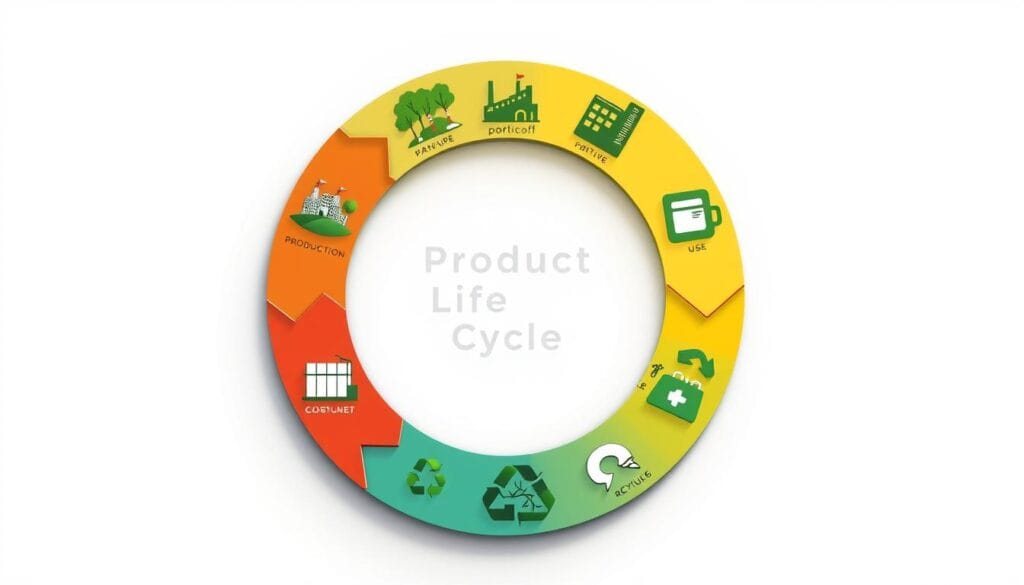
Transportation
Transport is crucial in the product life cycle. It connects everything from materials to factories to stores and finally to the user. Using smart transport can cut down on pollution and save energy. Around 80% of a product’s environmental harm can come from supply activities, so...
You have read 25% of the article. The rest is for our community. Already a member? Log in
(and also to protect our original content from scraping bots)
Innovation.world community
Login or Register (100% free)
View the rest of this article and all members-only content and tools.
Only real engineers, manufacturers, designers, marketers professionals.
No bot, no hater, no spammer.
FAQ
What is Life Cycle Assessment (LCA)?
Life Cycle Assessment (LCA) looks at the environmental impact of products or services from start to finish. This includes everything from getting materials to making the product, using it, and throwing it away. It measures environmental effects at each step, so companies can lower their environmental footprint.
Why is Life Cycle Assessment important for sustainability?
LCA shows the environmental impact of products, helping businesses make greener choices. It finds ways to boost environmental performance and leads to the creation of sustainable products.
What are the primary purposes of an LCA?
LCA aims to evaluate the environmental impacts from the beginning to the end of a product’s life. It works to improve processes and lower environmental impacts, dealing with resource use, energy, and emissions.
What are the four key phases of Life Cycle Assessment?
Life Cycle Assessment is split into four main steps: setting goals and scope, making an inventory of energy and materials used and their environmental releases, assessing potential impacts, and interpreting the findings to guide decisions.
What is the product life cycle?
The product life cycle starts with getting raw materials, then moves to making and processing them. After that, the product is transported, used, and finally disposed of or recycled. Each stage affects the environment differently, and knowing these impacts can help reduce them.
What are the different approaches to life cycle models?
There are several life cycle models. Cradle-to-grave looks at the impact from start to end, cradle-to-gate stops at when the product leaves the factory. Cradle-to-cradle focuses on recycling, and gate-to-gate looks at impacts within a single phase.
What is ISO 14040?
ISO 14040 sets the framework and rules for doing Life Cycle Assessments. It ensures LCA is done consistently and can be compared across different studies.
What is ISO 14044?
ISO 14044 lays out the specifics for assessing impacts, interpreting life cycles, and reporting results. Its aim is to make LCAs more reliable and uniform, helping to provide dependable environmental information.
How does Life Cycle Assessment differ from Environmental Impact Assessment?
Environmental Impact Assessment looks at how specific projects affect the environment. On the other hand, Life Cycle Assessment examines the overall environmental impacts of products or services through their entire lifecycle. They serve different needs and situations.
How does LCA contribute to sustainable product development?
LCA is vital in making products more sustainable by adding environmental considerations into the design process. Using the results, the Design for Environment (DfE) and Eco-Design methods make products that are easier on the environment throughout their life.
What are the common challenges in conducting LCA?
Getting accurate and complete data is often a barrier for reliable LCA results. Organizations struggle to find the detailed data needed for a comprehensive environmental assessment.
What are the critiques of Life Cycle Assessment?
Criticisms of LCA point to issues such as the sensitivity of data, inconsistency in methods, and subjective interpretation. To address these, standardization, better data quality, and more transparency in the LCA process are needed.
External Links on Life Cycle Assessment
International Standards
(hover the link to see our description of the content)
Glossary of Terms Used
International Organization for Standardization (ISO): a non-governmental international body that develops and publishes standards to ensure quality, safety, efficiency, and interoperability across various industries and sectors, facilitating global trade and cooperation. Established in 1947, it comprises national standardization organizations from member countries.
Life Cycle Assessment (LCA): a systematic analysis of the environmental impacts associated with all stages of a product's life, from raw material extraction through production, use, and disposal, aimed at identifying opportunities for improvement and informing decision-making.
Life Cycle Impact Assessment (LCIA): a method for evaluating the environmental impacts associated with all stages of a product's life, from raw material extraction through production, use, and disposal, focusing on resource consumption, emissions, and potential ecological effects.
Upcycle: to transform waste materials or unwanted products into new items of higher quality or value, often through creative reuse or repurposing, thereby reducing environmental impact and promoting sustainability.
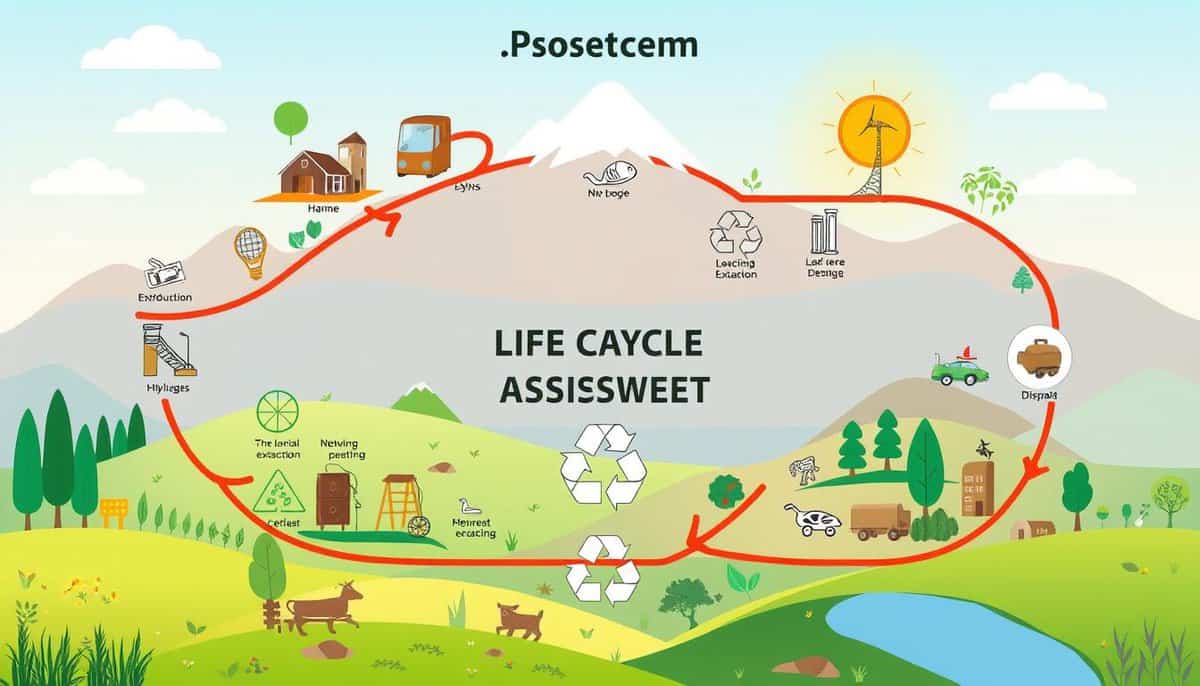



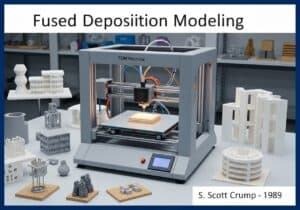





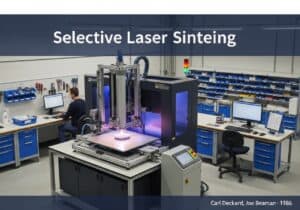




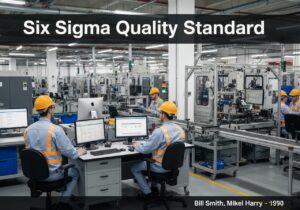
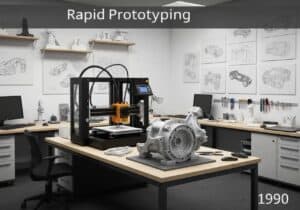

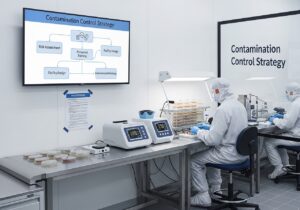

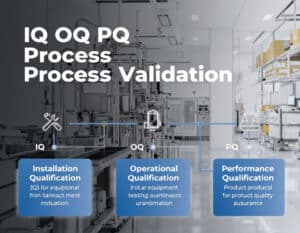






Interesting read, but isnt LCAs effectiveness largely dependent on accurate data collection? Garbage in, garbage out, no?
Absolutely, but isnt that true for any analysis? LCAs no exception. Garbage in, enlightenment out, perhaps?
Interesting read, but doesnt LCA depend heavily on data availability? What if data is scarce or questionable in quality?
Interesting read. But, how do we ensure the accuracy of data in LCA? Isnt it prone to manipulation for corporate gains?
Comments are closed.